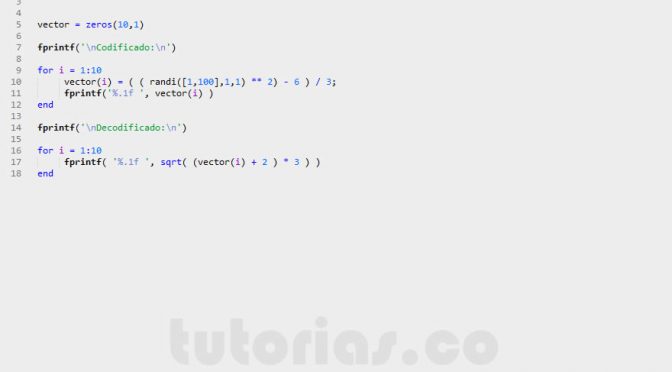


You can find related topics in this category. They generally depend on fluid mechanics. Fluids & Hydraulics/Pneumatics Pneumatics and hydraulics are very important topics in engineering.You can find the energy related articles and contents of Mechanicalland in this category. Energy Enery and energy engineering is one of the biggest sector in mechanical engineering.You can find all the content about automobiles here. Automotive Automotive is one of the most important categories in engineering.
#MATLAB VECTORIZE PROFESSIONAL#
Users of Mechanicalland become a professional in Solidworks with this category.
#MATLAB VECTORIZE SOFTWARE#
Solidworks There are lots of articles, and tips about Solidworks CAD software in this Mechanicalland category.This category of Mechanicalland is the biggest Siemens NX blog on the web. Siemens NX Users of Mechanicalland could find lots of tips and articles about the use of Siemens NX.Matlab Visitors of Mechanicalland could find lots of articles about MatLab software in this category and advance themselves at MatLab programming.Mechanicalland users could find out lots of content about AutoCAD in this category. AutoCAD The Mechanicalland blog category includes various tips and articles about AutoCAD.ANSYS is explained in this category’s articles with photos from ANSYS software. ANSYS Mechanicalland visitors can find lots of articles and tips about ANSYS on illustrated basis.Also, if you do get it to work, but it doesn't speed things up much, I'd be very interested to know that, so please post the result here. Let me know if you can't get it to work and I'll try and put together something more explicit once I get home. You may be able to simply replace with and of course, adjust the inputs to cellfun appropriately. Then the call to cellfun applies the sum function to each cell in VCell, and returns the result in A.

The mat2cell function converts V to a cell column vector, where each cell contains a row of V. But I think the method I've used extends to your situation. Of course, what I've done is equivalent to sum(V, 2). VCell = mat2cell(V, ones(NumRow, 1), NumCol) It seems to me that you can get rid of the explicit loop using mat2cell and cellfun.Ī simple example of what I mean is as follows: NumRow = 4 Having said that, since the iterations of your loop do not depend on each other, vectorization should be possible. I'm at work and so don't have time to familiarize myself with interp1 (I've never used it before), so if the following answer is inappropriate, I apologize in advance. It will likely grow with system size due to a more efficient memory bandwidth utilization. The following version is around 20% faster on my computer for N=1000, S=10000 and TI of 10000 elements.
#MATLAB VECTORIZE CODE#
Hence, I would suggest you transpose your matrices in your entire code, unless of course you rely on this exact data layout somewhere else for performance reasons.Įdit Because of the column layout of matrices your original code can be improved by transposing the matrices and working column-wise. If you pass V as an SxN matrix it potentially allows for more efficient parallelization of interp1, since all CPUs can access the memory in a more efficient manner. This is because MATLAB stores matrices column-wise (columns are contiguous in memory). Here you have to transpose V since interp1 interpolates within columns. If on the other hand the measurements have been taken at the same times for different values of N (T is a vector of size S, and not a matrix, or in other words all rows of T are equal) you can interpolate in one call to interp1. You might not need it - it depends on what you later do with the data. It returns a cell of vectors, so the second line makes sure that you have a matrix as output. If you have, as you say, different time of measurement for all measurements (T is a matrix and not a vector), you can do what you want with one call to arrayfun as follows: VI = 1:size(V, 1), 'UniformOutput', false) Īrrayfun is similar to a loop, but since it is an internal matlab function it might be faster.


 0 kommentar(er)
0 kommentar(er)
